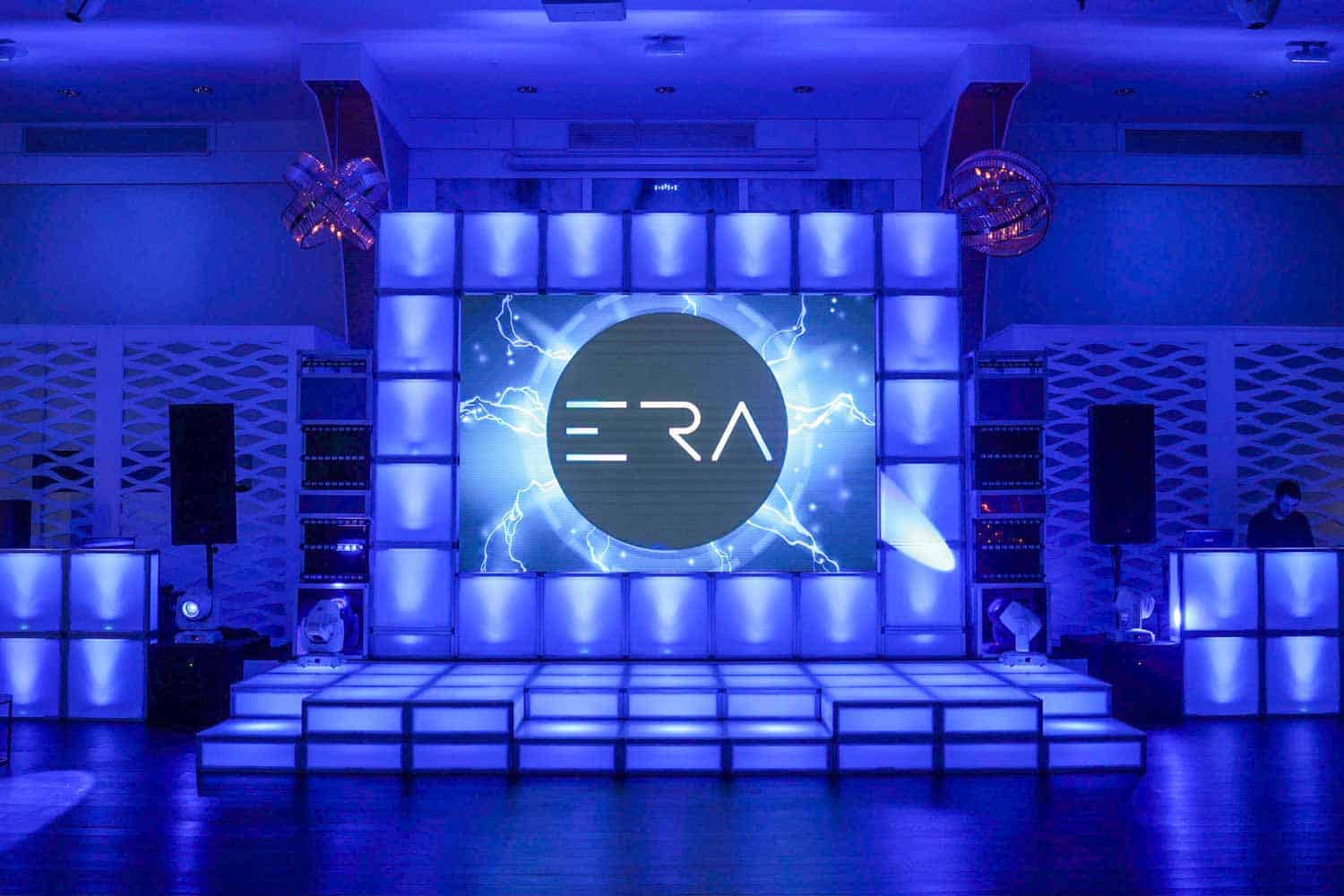LED wall units have secured traction for their ability to deliver high-quality visuals in various settings, from corporate environments to event venues. One of the primary aspects of these systems is their connectivity options, which allow users to connect them to multiple devices and systems. Comprehending the broad input options supported for LED wall panels is vital for maximizing their use and effectiveness. This article explores these options, highlighting how they can cater to various needs and preferences.

One common interface method for LED wall panels is High-Definition Multimedia Interface. HDMI is broadly known for delivering high-quality video and audio streams between devices. This connection type is especially beneficial in commercial settings, such as meeting spaces or training rooms, where presentations or video content are often displayed. By using HDMI cables, users can seamlessly link laptops, projectors, and streaming devices to Light Emitting Diode wall panels, guaranteeing a clear and vibrant presentation of media.
Another popular interface option is Display Port, which is similar to HDMI but offers additional advantages. Display Port can support elevated refresh rates and display outputs, making it an excellent choice for gaming or design-heavy applications. For those deploying Light Emitting Diode wall panels in settings where performance is essential, such as competitive gaming venues or design studios, DisplayPort can provide the necessary visual clarity. Moreover, many modern computers and graphics cards feature DisplayPort connections, making it a practical option for tech-savvy professionals.
In contrast to HDMI and Display Port, cordless connectivity important site options are becoming increasingly common in Light Emitting Diode wall panel solutions. Wireless connections allow operators to share content without the need for physical cables, promoting a cleaner and more adaptable setup. Technologies such as wireless internet and short-range communication allow users to connect smartphones, tablets, and laptops seamlessly to LED wall panels without cumbersome wires. This convenience is particularly advantageous in fast-paced environments like trade shows or events, where quick adjustments to displays are often needed.
For larger installations or more complex setups, network connectivity through Ethernet is another viable option. Wired links provide a consistent and robust way to integrate multiple Light Emitting Diode wall panels within a network. This setup is ideal for electronic display applications found in shopping malls or airports, where numerous panels may need to display synchronized content across a broad area. By using network cabling and routing hardware, users can ensure that all connected panels receive consistent updates and information seamlessly.
Lastly, it's important to consider the future of connectivity with technologies such as Universal Serial Bus-C and Thunderbolt Three. These next-generation interfaces offer increased data transfer speeds and versatility by allowing one connector to handle both energy transfer and data exchange. As more systems incorporate these protocols, Light Emitting Diode wall panels equipped with Type-C ports will likely become more prevalent. This shift in integration not only enhances top article the capabilities of LED wall panels but also aligns with the growing trend of minimalistic design in technology setups by reducing the number of wires needed.
In summary, examining the broad interface options accessible for Light Emitting Diode wall panels uncovers many opportunities for operators across multiple industries. From traditional methods like HDMI and DisplayPort to modern wireless solutions and network connections, each option serves specific functions suited to distinct needs. Additionally, emerging technologies like USB-C promise further advancements in how professionals utilize Luminescent Diode wall panels. By grasping these integration alternatives, end-users can make informed decisions that optimize their overall engagement with these multifunctional visual solutions.